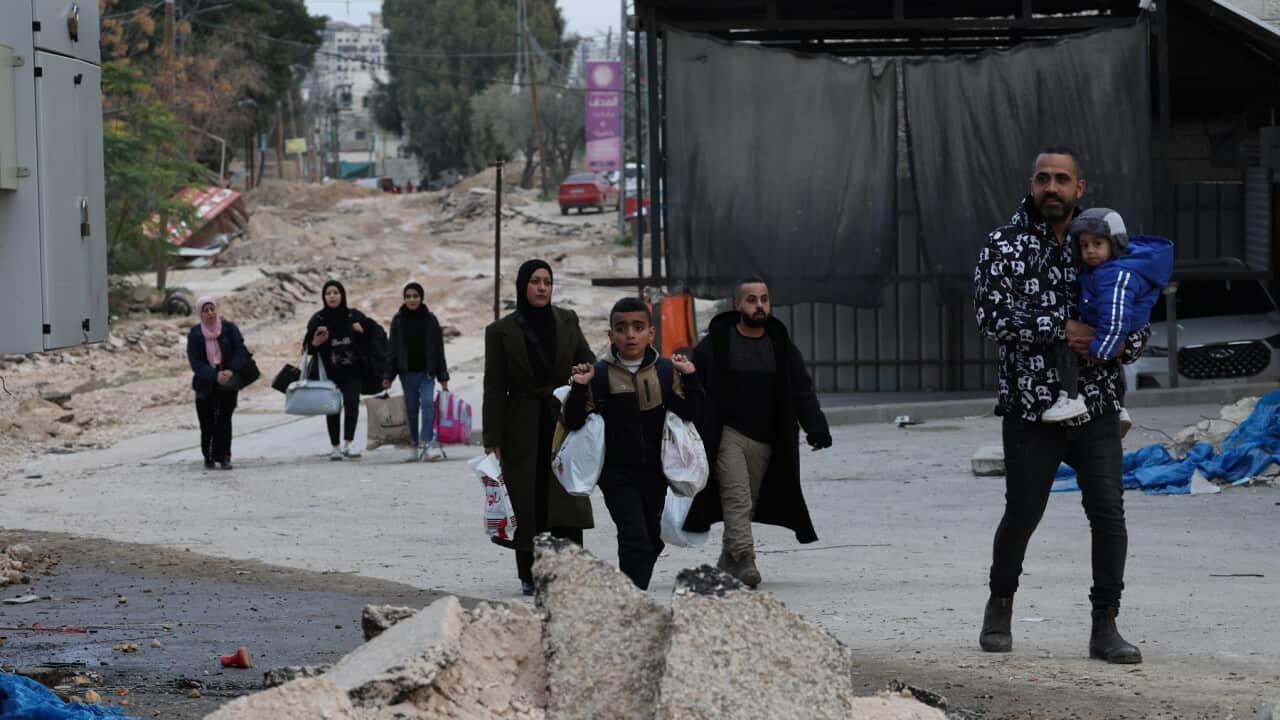The federal government has outlined the new approach to immigration which includes diverting migration to regional areas.
Prime Minister announced the new policy on Wednesday slashing 30,000 places off Australia's permanent migration cap, from a target of 190,000 places per year to 160,000 places per year for the next four years.
According to the immigration minister, there will be 23,000 extra-regional visa spots, which require skilled workers to live and work in regional Australia for three years before they can apply for permanent residency. Speaking to SBS Hindi after the announcement, Mr Morrison emphasised that the announcement is not about being seen to be tough on migration.
Speaking to SBS Hindi after the announcement, Mr Morrison emphasised that the announcement is not about being seen to be tough on migration.

Alan Tudge, Minister for Cities, Urban Infrastructure and Population, during a press conference in Canberras Parliament House, Wednesday, March 20, 2019. Source: AAP
"It is about managing population growth to protect the quality of life for all Australians including the very large number of Indian Australians who also want to ensure that they are not caught in traffic jams and have access to good quality services and their kids can grow up in a great environment and cities,” he said.
Mr Morrison said he believes there are enough jobs for new migrants in regional areas.
“There are 47,000 vacancies in regional Australia but what we have announced today is not just in places like Alice Springs. It is cities like Adelaide, in cities like Hobart, cities like Darwin indeed, places like Cairns, Warrnambool, down in Victoria where the mayor there has been very open about the need to attract more migrants to come and settle there.
"We have large numbers of job requirements in these areas,” t.he prime minister told SBS Hindi.
According to the plan, regional areas are anywhere outside of Sydney, Melbourne, Perth, Brisbane and the Gold Coast.
Mr Morrison says the communities in regional areas are ready to embrace the migrants.
“The great thing about our regional communities is that they are very inclusive and very open and very adopting. And I think the support could be even greater from the local communities in these places.
"I think there are great opportunities there. Australia is welcoming migrants, as Indian-Australians already know and already experienced and already play a part now in welcoming other migrants,” he said.
Almost two-thirds of Australians live in cities of more than a million people.
An analysis shows 80 per cent of people who had visas requiring them to live in the regions for two years were still there after five years.
The government also announced $15,000 scholarships available to international and Australian students to study at a regional university.
International students studying in regional areas will also be able to get an extra year in Australia on a post-study work visa





